Where is mount kilimanjaro?
Where is Mount Kilimanjaro?
Mount Kilimanjaro is a dormant volcanic mountain located in Tanzania, a country in East Africa. It is the highest mountain in Africa, and one of the world's Seven Summits, with its peak rising to an elevation of 5,895 meters or 19,341 feet above sea level.
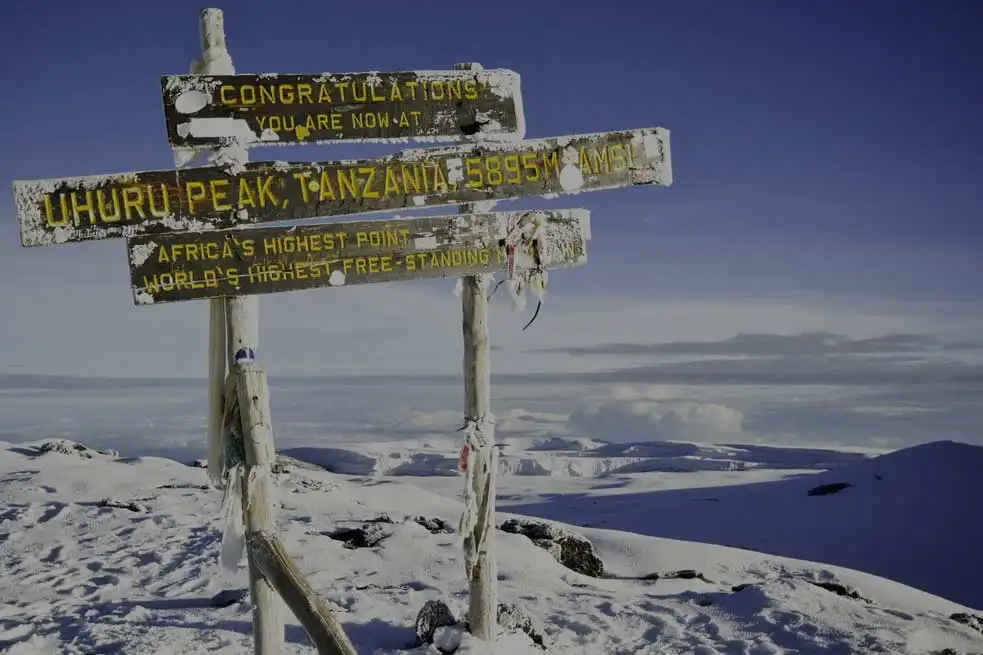
Geographical Location of Mount Kilimanjaro
Mount Kilimanjaro is located in the northern part of Tanzania, close to the border with Kenya. The mountain is part of the Kilimanjaro National Park, which covers an area of approximately 1,688 square kilometers or 652 square miles. The park is home to a diverse range of flora and fauna, including various species of primates, antelopes, and over 180 species of birds.
Climbing Mount Kilimanjaro
Mount Kilimanjaro is a popular destination for climbers and hikers, with thousands of visitors attempting to summit the mountain each year. The climb is not technically difficult, and does not require any specialized equipment or prior climbing experience. However, it is a physically demanding undertaking, and climbers should be in good physical condition and well-prepared for the altitude.
There are several different routes to the summit of Mount Kilimanjaro, each with its own unique characteristics and challenges. The most popular routes include the Marangu, Machame, Lemosho, and Rongai routes, with varying durations and levels of difficulty.
Climate and Weather
Mount Kilimanjaro is located close to the equator, which means that the mountain is subject to a tropical climate. The weather on the mountain can be unpredictable and change rapidly, with temperatures ranging from hot and humid at the lower elevations, to extremely cold and windy at the higher elevations.
The best time to climb Mount Kilimanjaro is during the dry seasons, which are from January to mid-March and from June to October. However, it is important to note that even during these periods, the weather can still be unpredictable, and climbers should be prepared for all types of conditions.
Mountain Kilimanjaro Routes
Mount Kilimanjaro offers several different routes to the summit, each with its own unique challenges and landscapes. Here, we compare some of the most popular routes.
01. The Marangu Route
The Marangu route is also known as the "Coca-Cola" route, due to its reputation as the most straightforward route to the summit of Mount Kilimanjaro. The route is relatively short, taking around 5-6 days to complete, and is well-established, with huts and facilities along the way.
02. The Machame Route
The Machame route, also known as the "Whiskey" route, is one of the most scenic and popular routes up Mount Kilimanjaro. It is a more challenging route than the Marangu route, but it offers breathtaking views of the surrounding landscape, including the Shira Plateau, Barranco Wall, and Lava Tower. The trail is steeper and rougher than the Marangu route, but it also offers more opportunities for acclimatization.
03. The Lemosho Route
The Lemosho route is a relatively new and less-traveled route up Mount Kilimanjaro, offering a more remote and wilderness experience. It starts on the western side of the mountain and passes through a variety of landscapes, including rainforest, heath, and alpine desert. The trail is longer and more challenging than the Marangu and Machame routes, but it offers a high chance of success due to better acclimatization opportunities.
04. The Rongai Route
The Rongai route is the only route up Mount Kilimanjaro that starts from the north side of the mountain, offering a unique perspective of the mountain and a less crowded experience. It is a less strenuous route than the Machame and Lemosho routes, but it is also less scenic. The trail passes through forests and open moorland before reaching the summit via the eastern side of the mountain.
Planning Your Climb to Mount Kilimanjaro
When planning your climb of Mount Kilimanjaro, it is important to choose a reputable tour operator who can provide you with experienced guides, proper equipment, and necessary permits. It is also important to choose the right time of year to climb, as weather conditions can greatly impact the climb's difficulty and safety.
The best times to climb are from January to mid-March and from June to October when the weather is generally dry and clear. During the rainy seasons, from mid-March to May and from November to December, climbing conditions can be more difficult, with increased risk of mudslides and avalanches.
It is also important to consider your level of fitness and to prepare accordingly. Climbing Mount Kilimanjaro requires a good level of fitness, with plenty of endurance and strength training. It is recommended to start training at least six months before your climb, with a combination of cardiovascular exercises, strength training, and altitude training if possible.
Accommodations and Facilities
The accommodations on Mount Kilimanjaro vary depending on the route you choose. The Marangu route is the only route with huts along the way, while the other routes offer tent camping. The campsites on the mountain provide basic facilities such as toilets and running water, but climbers should be prepared to bring their own food, water, and camping equipment.
Summiting Mount Kilimanjaro
Reaching the summit of Mount Kilimanjaro is a challenging and exhilarating experience, but it is important to take it slow and acclimatize properly to avoid altitude sickness. The final ascent to the summit usually begins around midnight, with climbers ascending to the summit in the early morning hours to catch the sunrise.
The summit of Mount Kilimanjaro, Uhuru Peak, stands at 5,895 meters (19,341 feet) above sea level and offers breathtaking views of the surrounding landscape. Climbers are encouraged to take their time at the summit, to rest and take in the view before beginning their descent.
Choosing the Right Route
When choosing a route up Mount Kilimanjaro, it is important to consider your level of fitness, time constraints, and personal preferences. Each route offers its own unique challenges and rewards, and climbers should choose the route that best fits their goals and abilities.
No matter which route you choose, it is important to climb responsibly and safely, with the guidance of an experienced tour operator and a thorough understanding of the mountain and its challenges
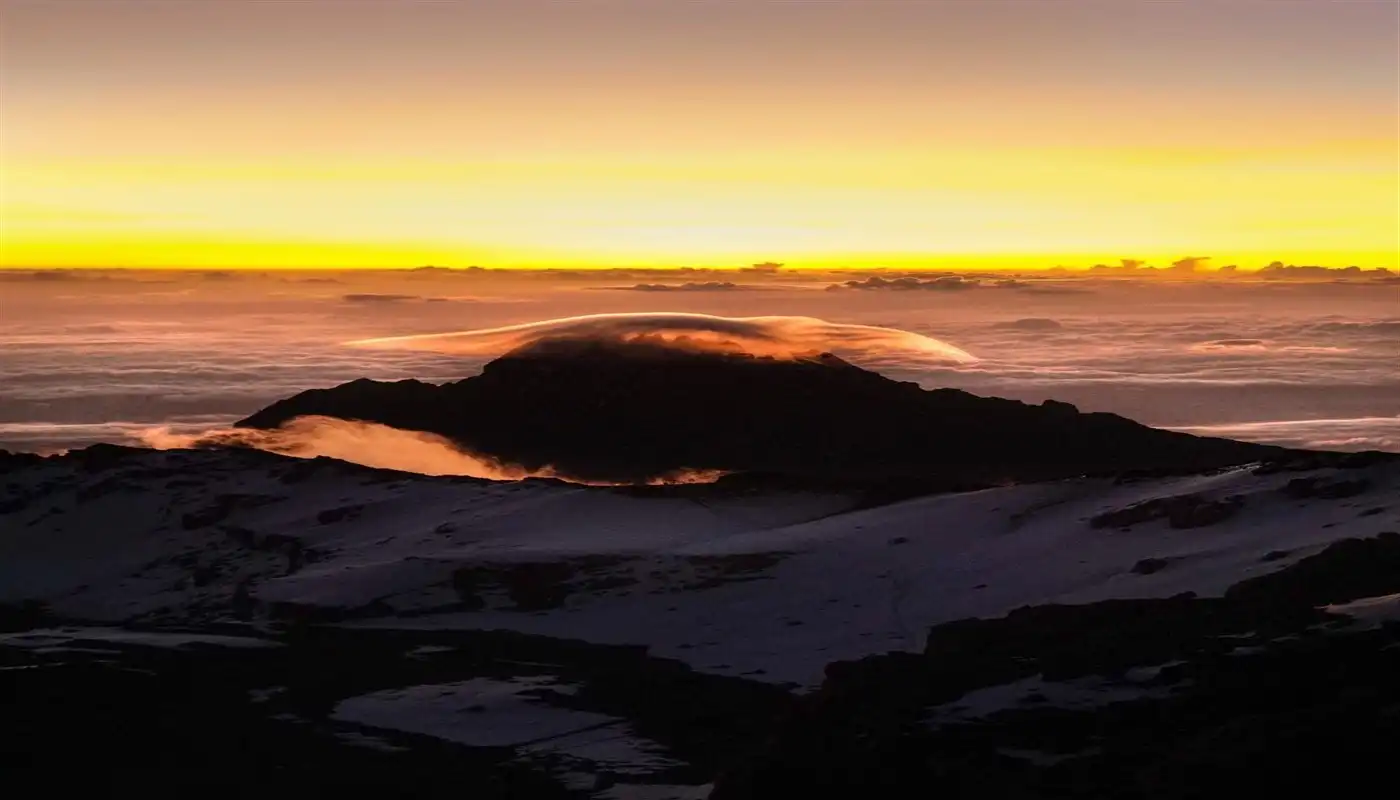
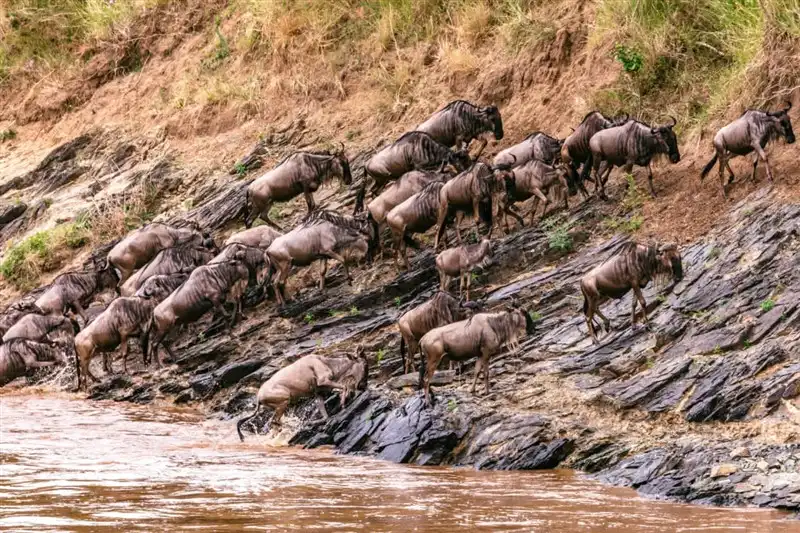 11 Dec
11 Dec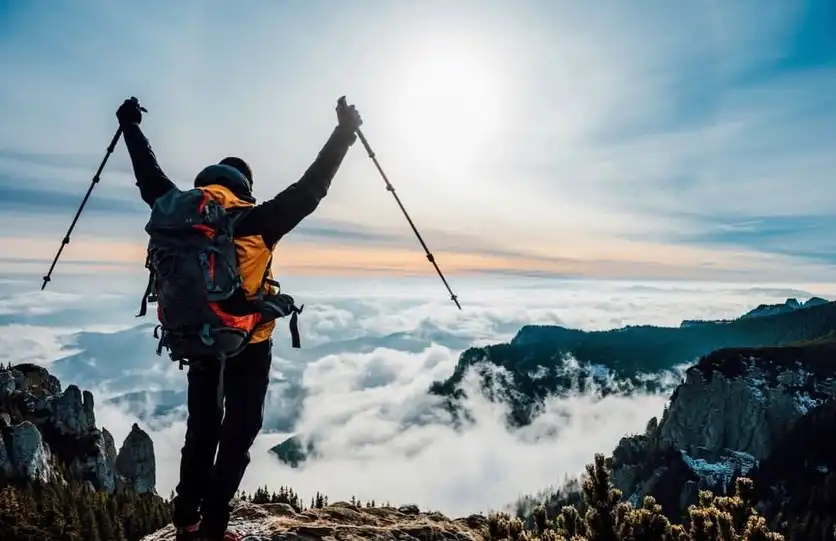 21 May
21 May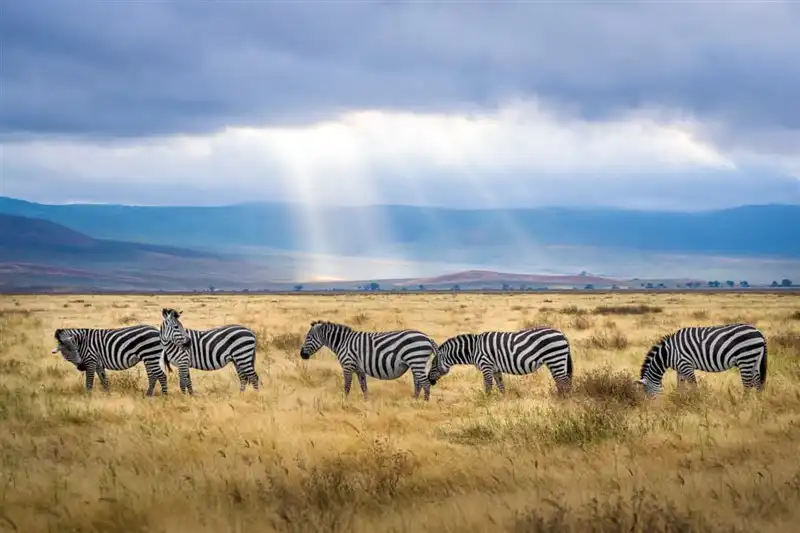 24 Feb
24 Feb